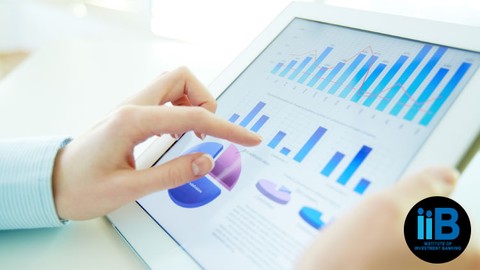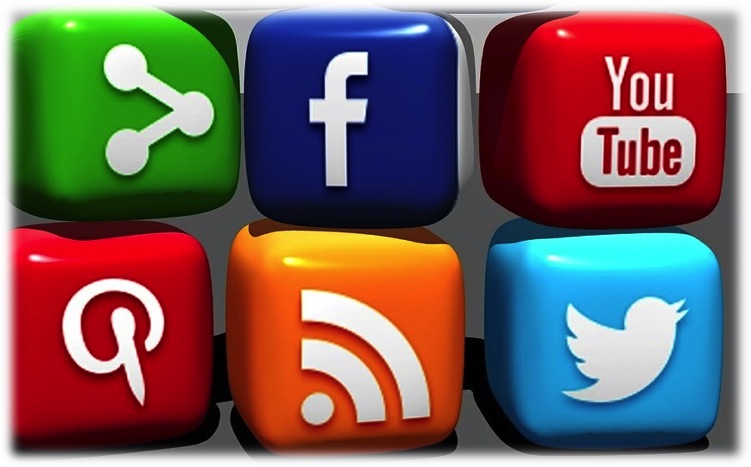The world is undergoing a dramatic change following the change of things across the industries. Since the rise of the Covid-19 back in 2020, remote operations have taken charge of the workplace across the industries.
The business sector has also adopted the services offered by HR employees to help deliver insights relevant to the business's success. This is done through data analysis and analyzing some of the best paths that companies can follow to get their route to the helm.
The HR officials have the power to deliver the results depending on the company's needs to support the growth and development of the business. The HR experts can tap into the employees’ data and carry out analytics to help the company get valuable insights.
The HR and business professionals need to operate in a data-driven environment to offer value to the business. The problem comes when the HR data needs to be converted to valuable insights with predictive analytics.
According to most HR professionals, converting HR data into insights is the most complicated task that they encounter during their daily activities. This is not the current situation since this article offers a guide to help you get the job done. Let's dive into it!
Comprehend the Basics
When doing predictive analysis for HR, always remember the law of the hierarchy of needs. The law suggests that the more advanced needs cannot be met until the basic needs are met. The same concept should be applied in this case.
To create data that make sense, you need to understand the fundamentals, such as documenting and monitoring the employees’ data in a more standard manner. This acts as the foundation of the data analysis since it gives you a solid ground to get the job done.
At this point, you need to understand the major issues pertaining to the data and those who were involved in the process. Also, evaluate the process you used to review and investigate the issues at hand. Besides, the applicable policies are also crucial to certify the findings.
Think about the final findings, the determination, and the kind of action taken against the issue. This will give you a solid platform to help you begin working and gain trust in the information you have gathered.
Advance from Tracking to Action
You may come to a point where you are documenting and tracking your employees' HR data, but you need to ask yourself whether you are working on it to generate valuable insights for the business. If this is what you are, don't, that is great!
However, you don't have to stop at this point. Create more actionable data through the integration of more organizational data to create a more complete and diversified picture. You need to combine the investigation data and the business performance data.
This will help you understand the impact of employee operation on the company's revenue generation. You can further evaluate things such as the performance ratings, the engagement scores, and the employee demographics.
Legal data can also be used to uncover more information about other trends impacting business operations. Note that the more data points you manage to connect across the business environment, the more action you can take.
Enhance Shareability, Transparency, and Trust
While turning the HR data into valuable insights, always remember that you are dealing with the DNA of the entire company. By reporting the employee data and the Human resource metrics to the company leaders, you help by informing the company of a strategy that can work for them.
The insights produced through the predictive analytics report are essential for the growth and development of the business. Through sharing the final findings with the respective team within the company, you aid in forming an operational trajectory for the company's growth.
Also, you enjoy the freedom of elevating the company profile to greater heights across the industry. Besides, transparency is a crucial aspect at this point where you need to display the entire information on the table to help the team members find the best way going forward.
Share the finding with the board members, the company manager, legal compliance team, and even the employees to enhance a uniform growth towards achieving a defined goal. Remember that the more you share the data, the more you build accountability and trust.
Once you have built trust with the company members, you get it easier to acquire information that can help you attain your goal.
Choose the Right Tools
After you have clear information about what needs to be done, it is a perfect moment to choose the right tools to help you get the job done. At this point, keep in mind that the right tools for one business might not be the right ones for the other company.
Applying a generalized Human Resource tool at this point is not perfect. You need to acquire a specific tool to help you tackle particular problems. When it comes to managing documents and evaluating employee issues, you need a specialized tool to do the work.
The tool is responsible for spotting trends, patterns, and the performance of specific employees and the challenges across their teams. This work requires a specified tool focused on offering its services within this space.
The relationship between HR and employees is their nature of seeking ways to proactive rather than being reactive. The HR and employee data can change the nature of operation in the entire company.
The Human Resource leaders are focused on delivering high visible insights and foreseeing the company's operations by enhancing change and uncertainty. The predictions are made depending on the nature of the data generated and the insights from the respective department.
While choosing the tools to help you complete the work, consider the best tool that can work hand in hand with data visualization to help you deliver visual insights at the end of the process.
Conclusion
Even though Human Resource professionals have confirmed that Predictive analytics for HR is a complex task, the work can be made simple. This article has shared insights that can help HR and business professionals to do the job without straining.
Latest posts by Ryan Erwin (see all)
- How to Turn Your HR Data into Insights with Predictive Analytics - February 6, 2022













